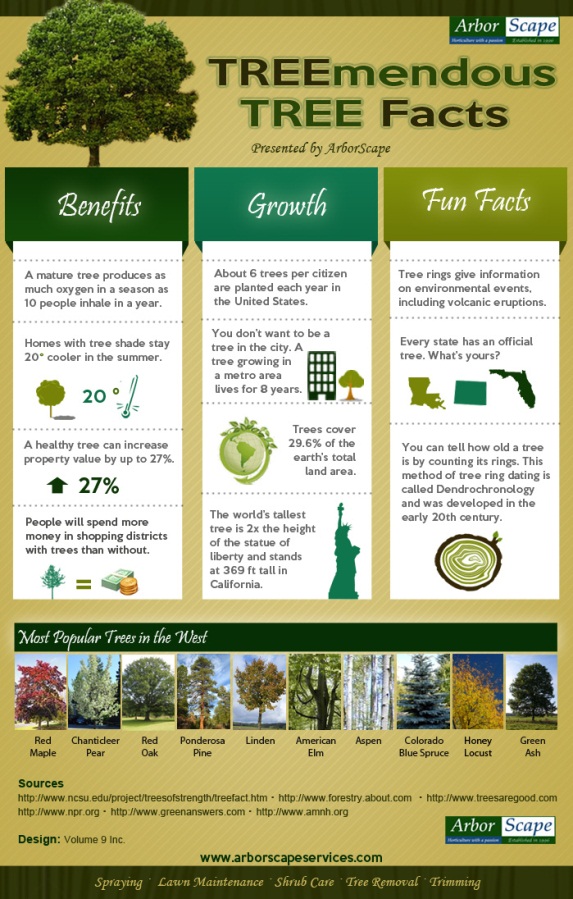Post-Tree Removal Treatment Is Critical For Landscape Reconstruction; Uncover Necessary Actions To Revitalize Your Room And Stop Future Issues
Post-Tree Removal Treatment Is Critical For Landscape Reconstruction; Uncover Necessary Actions To Revitalize Your Room And Stop Future Issues
Blog Article
Short Article Author-Langley Chambers
After a tree's removal, your landscape might look fairly different, and it's necessary to evaluate the after-effects carefully. Read More Listed here 'll wish to examine the soil disruption and examine bordering plants for any type of indicators of stress and anxiety. Ignoring these variables can lead to bigger troubles down the line. So, what should you do with those stumps and origins? And how do you select the most effective plants for your revitalized space? Allow's explore these crucial actions.
Evaluating the Aftermath: Reviewing Your Landscape
After a tree removal, it's crucial to examine your landscape to recognize the impact it has on your lawn.
Begin by examining the location where the tree stood. Seek signs of soil disturbance, and check the surrounding plants for any type of anxiety or damage.
You should likewise take note of how the elimination has actually altered sunlight direct exposure and air movement in your garden. This shift can influence the development of nearby plants, so it's essential to assess their health and wellness.
Consider the aesthetic aspects as well; the elimination might create an open space that you can redesign.
Ultimately, think about any kind of prospective erosion issues that might arise from the tree's absence. Resolving these elements early will assist restore balance to your landscape.
Taking care of Stumps and Roots: Alternatives for Removal
When you have actually assessed the consequences of the tree elimination, you'll likely need to tackle the stump and origins left behind.
You have a few options for elimination. One effective technique is stump grinding, where a professional utilizes an equipment to grind the stump down to below ground level. This approach leaves marginal interruption to your landscape.
If you choose a DIY approach, you can make use of a mix of digging and chemical stump removers. Simply keep in mind, this procedure can require time and initiative.
Alternatively, consider leaving https://ways-to-kill-a-tree-stump06284.dsiblogger.com/68289186/expenses-of-tree-elimination-cleared-up-financial-preparation-for-your-landscape-design-tasks as an all-natural function, which can function as a special yard component or environment for wildlife.
Whatever you choose, addressing the stump and roots is essential for recovering your landscape.
Selecting the Right Plants for Your New Space
As you assess your recently gotten rid of space, picking the right plants can considerably boost your landscape's elegance and performance.
Start by considering the sunlight and dirt conditions. For bright locations, select drought-resistant plants like lavender or succulents. In shaded spots, ferns and hostas prosper well.
Consider https://www.fool.com/millionacres/real-estate-market/articles/hardscaping-landscape-trend-2020/ and growth behaviors of your plants; mix perennials and annuals for seasonal range. Do not forget to incorporate indigenous varieties; they need less maintenance and assistance local wildlife.
Team plants in odd numbers for a much more natural appearance and develop layers for aesthetic deepness.
Finally, ensure you have a mix of colors and textures to keep your landscape lively throughout the seasons.
Happy growing!
Final thought
In conclusion, recovering your landscape after tree removal is a satisfying procedure. By analyzing the after-effects, addressing stumps and origins, and selecting the right plants, you'll create a growing atmosphere. Don't forget to integrate disintegration control steps to safeguard your dirt. With a little effort and care, you can change your room into a lively yard that boosts your property. Welcome the chance to revitalize your landscape and enjoy the appeal of nature right in your backyard!
